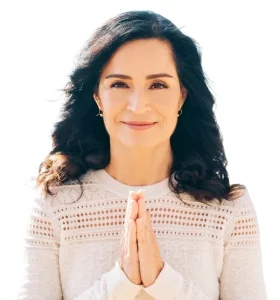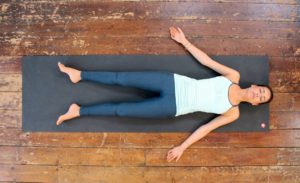Anxiety disorders are the most common mental health conditions in the United States. They affect nearly 40 million American adults, or about 18 percent of the population. Anxiety is a normal reaction to stressful situations, but it can become overwhelming and interfere with your life if you have an anxiety disorder.
Stress and anxiety are the result of our bodies’ fight-or-flight response, which prepares us to respond quickly in dangerous or threatening situations by releasing hormones like adrenaline into our bloodstreams. These hormones create feelings of fear, panic, and uneasiness that are appropriate for real danger but not helpful when they occur without any real threat present
Anxiety disorders affect nearly 40 million American adults
Anxiety disorders are the most common mental illness in the United States. They affect nearly 40 million American adults, or 18% of the population. Anxiety disorders include generalized anxiety disorder (GAD), panic disorder (PD), social anxiety disorder and phobias.
Stress and anxiety are the result of our bodies’ fight-or-flight response
In the fight-or-flight response, our bodies mobilize to face an immediate physical threat by triggering a cascade of hormones and chemicals. It’s a survival mechanism, ensuring that we can respond quickly to threats like being chased by a tiger—say, at your high school track meet. When activated properly, this reaction can be life-saving; but when it’s overactive or prolonged (for example, due to repeated stress), it becomes harmful.
Stress is a normal part of life—and it can actually be good for you! But if you feel overwhelmed and out of control with stressors in your life (such as financial pressures or caring for someone who is ill), then breathing exercises may be able to help. A consistent breathing practice can help calm the nervous system and ease anxiety symptoms in many people who suffer from panic attacks or high levels of general anxiety.
Diaphragmatic breathing is a breathing technique that may help some people who have anxiety or panic disorder, among other mental health conditions
Diaphragmatic breathing involves breathing deep and wide into the belly and diaphragm. The diaphragm is an important breathing muscle at the base of the lungs that moves with the breath, and separates the chest from the abdomen.
Diaphragmatic breathing strengthens the diaphragm and creates a healthy breathing habit
The best way to do this is by lying on your back and putting one hand on your chest, the other on your stomach. Take slow, full breaths in through the nose and out through the mouth. For beginners, simply exhale fully before inhaling again.
When you breath in, feel the hand on the abdomen rise first, then the hand on the chest. Allow the breath to be full, but also relaxed, with no feeling of strain. If you are able to relax enough, this should become easy, but if not, try counting slowly to 4 or 5 as you breathe in, 4 or 5 as you breath out. When this becomes easy, you can increase the amount of time that you breath in and out.
Once you feel comfortable with this form of belly breathing for several minutes (start with 5 minutes), try adding a count in between each inhalation and exhalation (1, 2 or 3). This will help regulate both heart rate and mind state without making it too difficult or tiring. : )
The Soul Dimension Breathing technique can help you find calm when you feel overwhelmed with anxiety or panic
When we’re anxious, our breath can be used to trigger the relaxation response in our bodies.
In fact, breathing techniques are one of the most effective ways to calm yourself down when you’re feeling overwhelmed with anxiety or panic. Some people use specific breathing exercises — like diaphragmatic breathing — that help them focus on their breathing and let go of any tension they might be holding in their body.
Breathing exercises are also great because they allow us to focus our minds away from anxiety causing thoughts. They also provide an opportunity for shifting into a more relaxed and positive state of mind and emotions where we can feel safe and remind ourselves that we are safe right now and that everything is going be OK!

A regular practice of the Soul Dimension Breathing technique can be used to trigger the relaxation response in our bodies and minds
Here are some of the ways a regular practice of Soul Dimension Breathing can quickly and effectively help you to manage and reduce anxiety, panic and overwhelm:
- Trigger the rest and relax response
- Sleep better
- Increase feel good hormones
- Reduce stress hormones
- Feel more positive
- Stop intrusive thoughts
- Focus on the present moment, instead of worrying about what might happen in the future or regretting things from your past
Conclusion
I hope this article helps give you a glimpse into how powerful breathwork and the Soul Dimension Breathing technique can be for reducing and managing stress and anxiety. It’s not just a physical exercise for the body; it also acts as a way to calm your mind and release anxiety. The more you practice these methods, the easier it will be for you to handle stressful situations with more ease and grace.
Veteran resources
If you or someone you know is a Veteran suffering from PTSD, please also see this great free mental health resource guide for veterans.




